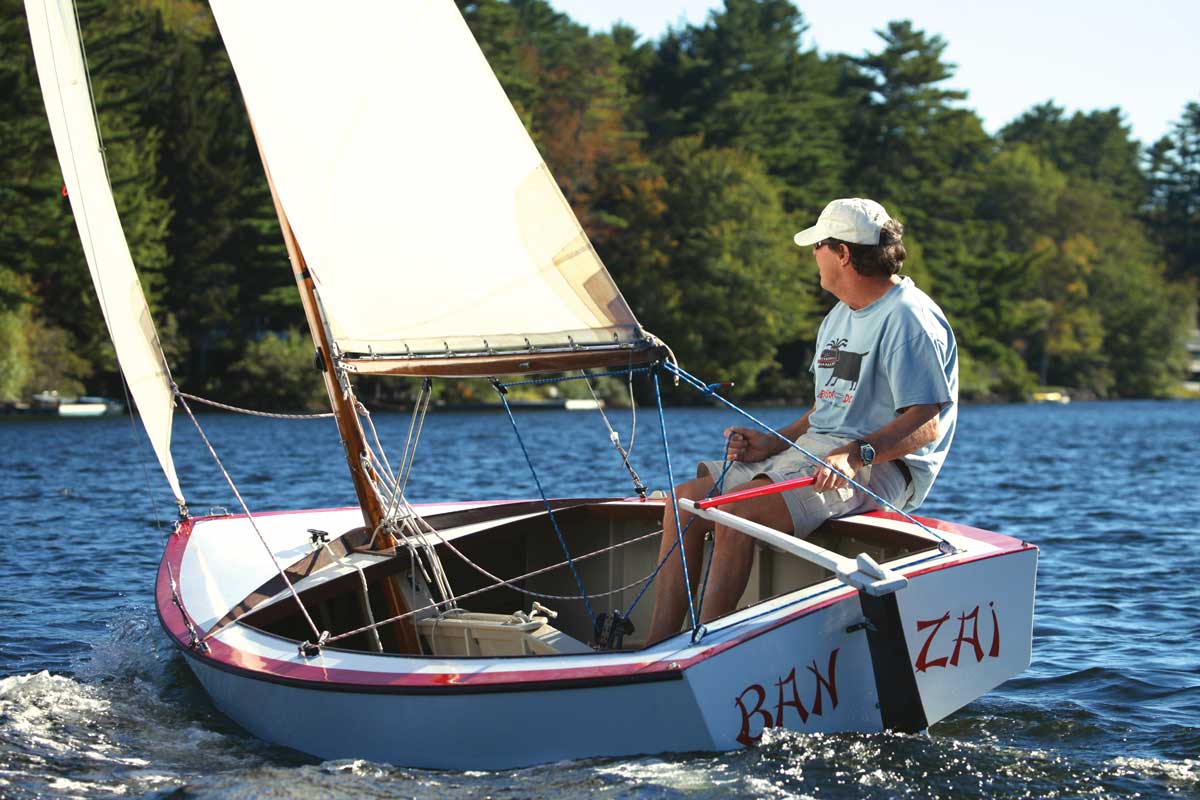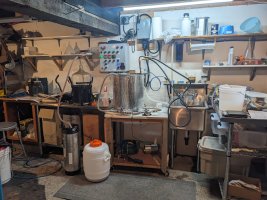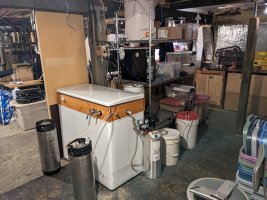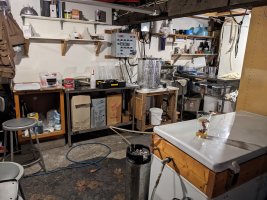Well, I look at those jacketed conicals and they're ~60lbs empty (edit: on the low end). Just seems pretty heavy.
In the long run 10-15 gallon batches is a likely target. I don't have a desire to go much bigger unless I somehow find more people to drink it!
I'm beginning to think splitting batches into 10gal kegs as fermenters may be the way to go for the long haul - still mulling over cooling options, though. (Maybe a chilled coil wrapped on keg exterior? Cu would be a lot easier if it won't corrode on 304, but I don't know enough about metals atm.) I know there's a 20gal torpedo, but I suspect 120+ lbs of beer is too much for me to move safely. Perhaps if it was filled/emptied in place.
(I guess there are two separate equipment payloads: brewing and fermenting. Ideally they'd be colocated, but if the fermentors are under 80lbs I can move them around for at least another couple decades (I hope!). But we don't plan to move until we're dead or senile, so hopefully it's worth getting the setup just right.)
Before you get too ahead of yourself, consider how batch size affects both brewing frequency and motivation. If you brew big batches, you'll brew less often and learn a lot less. I'm sure it's all a personal journey and all, but my brewing tanked when I switched from 5 to 10 gallon batches and a lot of the time I was dumping out all or half of that second keg because it was aging out or I got bored of the same beer. I'll just say that as a homebrew shop owner for the last 10 years, I see a LOT of people upgrade to a larger size and then a few months later they are selling everything and getting out of the hobby. I'm just saying, make sure you need all that "SAME" beer. I've been brewing 6 gallons and splitting the ferment to two 3 gallon fermenters to learn more about yeast strains for example. I brew pretty often and I like that. You will too when your setup is established and you can just walk in and brew.
You should be thinking about setting up fermentation is close proximity to your brewing station and the size and weight of the fermenters won't even be an issue. If you do end up with conicals, you'll clean them in place and not heave them outside or into a sink. If you have the budget for them, most people that end up with Spike, SSbrewtech, or Brewbuilt unitanks are pretty happy with them. The Spike ones use an internal coil while the newer Brewbuilt and SSbrewtechs have glycol jackets on them. As above, the big challenge is deciding on batch size.
As far as the hot side wort production goes, I can't emphasize enough how much better I think a single vessel eBIAB system is over all other system types. While I don't think brewing 15 gallon batches is the right move unless you throw neighborhood wide parties all year, you can definitely do 15 gallon batches on such a system.
Here's my friend Larry's setup. He brews 10 and 15 gallon batches in a 30 gallon Blichmann kettle and ferments in three Spike CF15s with a Penguin glycol chiller.

My system is similar but I don't use conicals.

























































![Craft A Brew - Safale BE-256 Yeast - Fermentis - Belgian Ale Dry Yeast - For Belgian & Strong Ales - Ingredients for Home Brewing - Beer Making Supplies - [3 Pack]](https://m.media-amazon.com/images/I/51bcKEwQmWL._SL500_.jpg)








